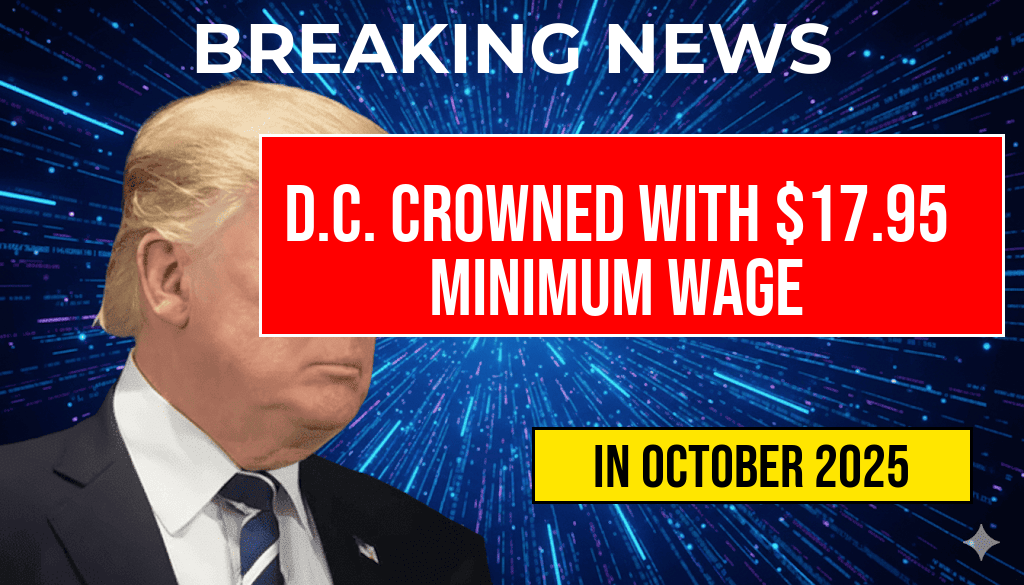A rare Lincoln wheat penny recently captured the attention of coin collectors and investors alike after selling for an astonishing $144,000 at auction. This particular penny, minted in 1943, is noteworthy due to its unique composition; while most coins from that year were made of zinc-coated steel, this one was mistakenly struck on a bronze planchet, making it a true rarity. The question on many enthusiasts’ minds is whether such a valuable coin is still circulating among the general public or if it has become a collector’s item locked away in private collections.
The Significance of the 1943 Lincoln Wheat Penny
The 1943 Lincoln wheat penny holds a special place in numismatic history. During World War II, copper was in short supply, leading the U.S. Mint to produce pennies using steel instead. However, a small number of pennies were mistakenly minted using leftover bronze planchets from previous years. This error resulted in a coin that not only stands out in appearance but also in value.
Why is This Penny So Valuable?
- Rarity: Only a handful of the bronze 1943 pennies are known to exist, with estimates suggesting fewer than 20 are still in circulation.
- Historical Context: The coin represents a fascinating chapter in American history, reflecting wartime resourcefulness and the challenges faced by the nation.
- Collector Demand: The combination of rarity and historical significance has driven demand among collectors, resulting in high auction prices.
Current Circulation Status
As of now, the likelihood of encountering a 1943 bronze Lincoln wheat penny in everyday transactions is extremely low. Most coins of this type have been pulled from circulation by collectors and investors who recognize their value. The few that remain are typically held in secure collections, making them unavailable for general circulation.
What to Look For
If you’re curious whether you might have one of these rare coins in your possession, here are some characteristics to help you identify a genuine 1943 bronze penny:
- Weight: A bronze penny weighs 3.11 grams, while a steel penny weighs 2.7 grams.
- Color: The bronze penny has a reddish-brown hue, unlike the silver-colored steel version.
- Mint Mark: Check for mint marks; a penny minted in Philadelphia will have no mint mark, while those from Denver and San Francisco will have “D” and “S” respectively.
Market Trends and Future Value
The recent sale of the 1943 Lincoln wheat penny for $144,000 has sparked renewed interest in the coin market. Experts predict that as more people become aware of coin collecting as an investment opportunity, prices for rare coins could continue to rise. The rarity of the bronze 1943 penny, combined with its historical significance, ensures that it will remain a coveted item among collectors.
Comparative Auction Prices
| Year | Mint Mark | Auction Price |
|---|---|---|
| 1943 | None (Bronze) | $144,000 |
| 1909-S V.D.B. | S | $1,800,000 |
| 1955 Double Die | None | $1,000 |
What Should You Do If You Find One?
If you believe you have a 1943 bronze Lincoln penny, it’s advisable to seek professional appraisal. A reputable numismatic expert can authenticate the coin and provide guidance on its potential market value. Taking proper care of the coin is crucial; avoid cleaning it, as this can diminish its value. Instead, store it in a protective holder to preserve its condition.
Resources for Coin Collectors
As the fascination with rare coins like the 1943 Lincoln wheat penny continues to grow, collectors and investors alike are encouraged to stay informed about the market and the historical significance of their prized possessions.
Frequently Asked Questions
What is a Lincoln Wheat Penny?
A Lincoln Wheat Penny is a one-cent coin that was minted in the United States from 1909 to 1958. It features a portrait of President Abraham Lincoln on the obverse and two wheat ears on the reverse, making it a popular collectible among coin enthusiasts.
How much is the Lincoln Wheat Penny worth?
The value of a Lincoln Wheat Penny can vary significantly based on its condition and rarity. Some may be worth just a few cents, while rare specimens, like the one recently valued at $144,000, can fetch much higher prices at auction.
Is the Lincoln Wheat Penny still in circulation?
While many Lincoln Wheat Pennies are no longer being produced, some may still be found in circulation. However, most have been collected or removed from circulation, making them less common in everyday transactions.
What factors determine the value of a Lincoln Wheat Penny?
The value of a Lincoln Wheat Penny is determined by several factors, including its year of minting, mint mark, condition (grading), and rarity. Coins with specific characteristics, such as errors or low mintage, can significantly increase their value.
Where can I sell my Lincoln Wheat Penny?
If you have a valuable Lincoln Wheat Penny that you wish to sell, consider contacting a coin dealer, attending a coin show, or using online auction platforms. It’s advisable to have your coin appraised to understand its worth before selling.











